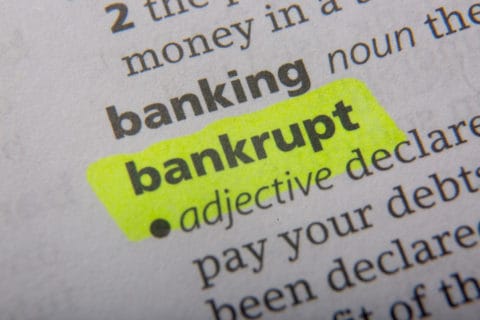A Brief History of Bankruptcy in the United States
Bankruptcy has a long history in the United States. Although it has been around in some form since the early 19th century, the current bankruptcy code was enacted in 1978. Since then, however, it has gone through many major revisions. The most recent round of revisions occurred in 2005. It is imperative that individuals planning to file for bankruptcy are aware of the changes so that they can, with the assistance of an attorney, decide the best possible course of action. Here is a brief history of bankruptcy in the United States and the main changes that were implemented in 2005.
Bankruptcy Before 2005
Filing for bankruptcy prior to the 2005 changes was significantly easier than it is now. Chapter 7 bankruptcy is often referred to as the “fresh start” bankruptcy option. Traditionally in a Chapter 7 filing, your assets were liquidated and given to creditors and your debts were canceled. This allowed individuals who filed for Chapter 7 to get a “fresh start” free from onerous debt. Chapter 13 bankruptcy, on the other hand, helps you reorganize your debts and pay them back according to a fixed payment plan. Usually, the payment period is five years. Chapter 13 bankruptcy is an attractive option for individuals who own property, since it does not require that your assets be liquidated like in Chapter 7 filings.
Bankruptcy After 2005
In 2005, lawmakers implemented a number of changes that have shifted the way bankruptcy works. Basically, it is now much more difficult for individuals to file for Chapter 7 and get a fresh start. Because Chapter 7 bankruptcy liquidates your debt, it usually means that creditors end up getting very little, if anything at all. Before 2005, it was up to a judge to determine whether you qualified for Chapter 7. Now, when you file for Chapter 7, your claim is subject to a two-part test. First, your financial situation is analyzed to determine whether you can afford to pay 25% of your non-priority secured debt like your credit card bills, for example. Then, your income is compared to the state’s median income levels. If your income is above the state median and you can afford to pay 25% of your unsecured debt, you may not be able to file Chapter 7.
Although the 2005 changes have made it more difficult to file Chapter 7, it is by no means impossible. With the help of bankruptcy attorneys, you can still get the fresh start you need to get your life back on track.
Disclaimer:
The materials available at this website are for informational purposes only and not for the purpose of providing legal advice. You should contact your attorney to obtain advice with respect to any particular issue or problem. Use and access to this website or any of the links contained within the site do not create an attorney-client relationship. The opinions expressed at or through this site are the opinions of the individual author and may not reflect the opinions of the firm or any individual attorney.

